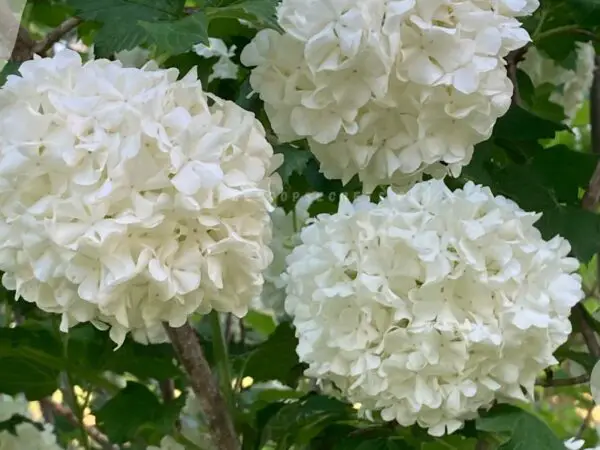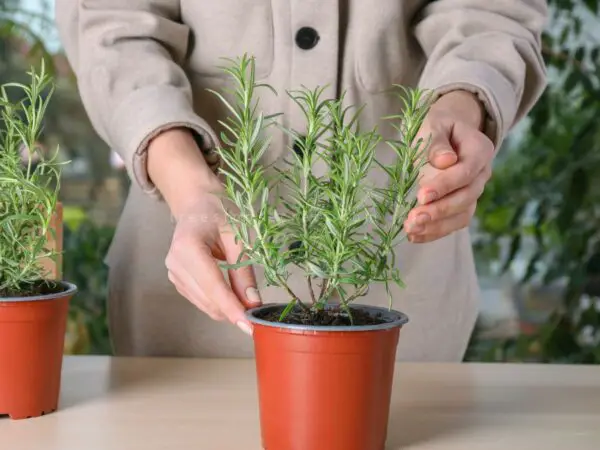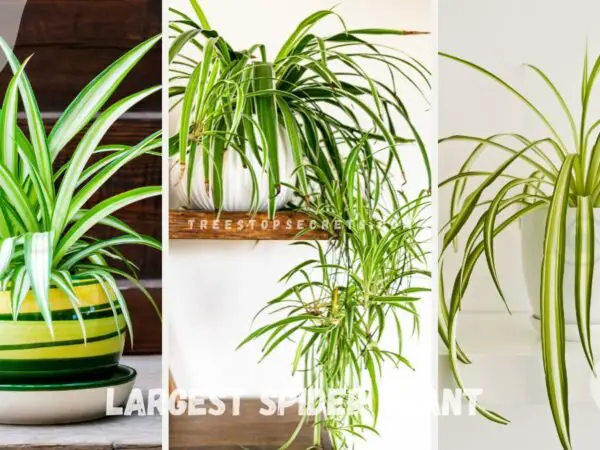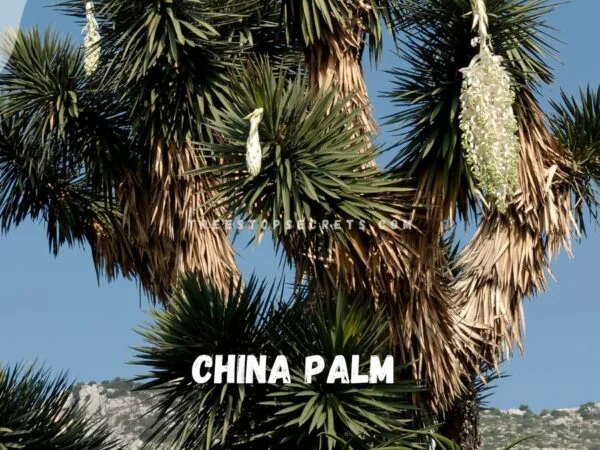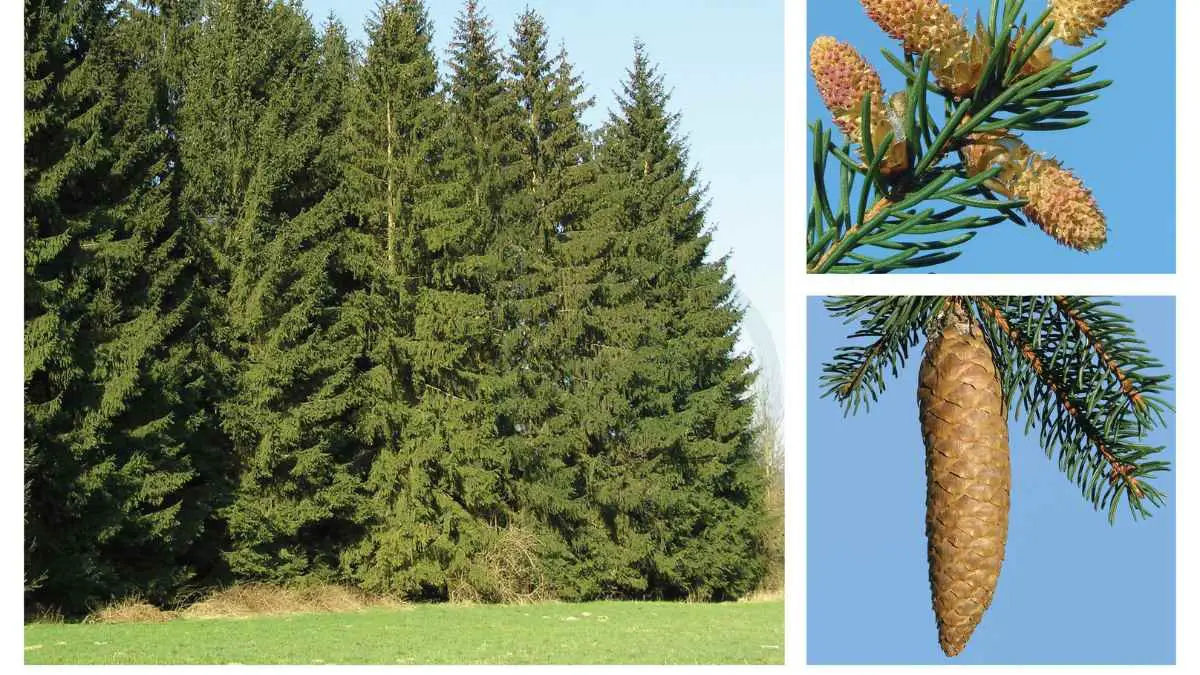
Norway Spruce, scientifically known as Picea abies, is a prominent evergreen gymnosperm tree species that produces seeds and pollen grains. Wondering what a Norway Spruce, a gymnosperm with needle-like leaves and seeds enclosed in rounded scales, is and need detailed information? You're in the right place!
Originating from Europe, the Norway Spruce is recognized for its towering height, reaching up to 180 feet, with a straight trunk and narrow, pyramidal crown. Its needles, typically dark green, are sharp and pointed, arranged spirally around the branches. These trees are widely cultivated for timber production, Christmas trees, and landscaping due to their fast growth rate and adaptability to various soil types. Additionally, Norway Spruce plays a significant role in forestry and ecosystem conservation efforts, credit.
If you're keen to learn more about the ecological importance, cultivation practices, or historical significance of the Norway Spruce, there's a wealth of fascinating information waiting to be discovered. Whether you're a forestry enthusiast, a nature lover, or simply curious about this majestic tree species, there's much more to delve into beyond its basic description.
Key Takeaways
- Understanding the origins of the Norway Spruce can provide insights into its adaptability and growth preferences.
- The physical characteristics of the Norway Spruce, such as its conical shape and dark green foliage, make it a popular choice for landscaping.
- Noticing the distinct needle features of the Norway Spruce, like their sharpness and single-point attachment, aids in identification.
- Knowledge of the reproductive elements of the Norway Spruce, including cones and male flowers, enhances understanding of its life cycle.
- Observing the growth patterns of the Norway Spruce, like its fast growth rate and potential height, helps in planning for its care.
- Implementing plant care tips specific to the Norway Spruce, such as proper watering and pruning techniques, can promote its health and longevity.
Norway Spruce Origins
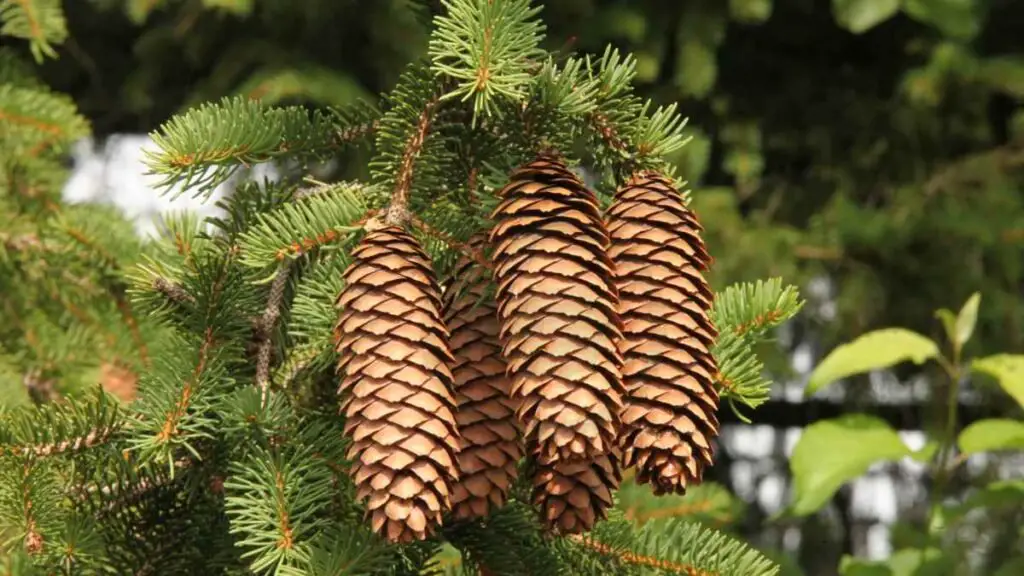
Geographic Location
Norway spruce is native to northern and central Europe, thriving in regions with cool climates. It can be found in countries like Norway, Sweden, and Germany.
- Grows naturally in northern and central Europe
- Flourishes in cool climate regions
- Commonly seen in Norway, Sweden, and Germany
Norway spruce grows predominantly in mountainous areas where it finds the ideal conditions for its development. This tree species prefers well-drained soil to ensure optimal growth and can often be found in mixed forests alongside other conifer varieties.
- Thrives in mountainous terrain
- Requires well-drained soil for growth
- Often found in mixed forests with other conifer species
Physical Characteristics
Size and Form
Norway spruce can reach heights of 40 to 60 feet. It boasts a pyramidal shape with weeping branches, creating an elegant appearance. As the tree matures, it develops a broad canopy, providing ample shade and shelter.
Bark Texture
Young Norway spruce trees feature thin bark that gradually transforms into a gray-brown and flaky texture with age. This transformation not only adds character but also serves as a protective layer against harsh weather conditions.
Needle Features
Arrangement and Size
Needles of Norway spruce grow spirally on the branches, ranging from 1/2 to 1 inch long. Cones hang cylindrically.
The arrangement of needles on Norway spruce branches is spiral, with sizes varying between 1/2 to 1 inch in length. The cones have a unique cylindrical shape that distinguishes them.
Shape and Texture
Norway spruces boast a distinctive pyramidal shape, with smooth, four-sided, and pointed needles. The cones exhibit a smooth texture.
The Norway spruce tree showcases a classic pyramidal shape, characterized by smooth, four-sided needles with pointed ends. The cones have a smooth texture and transition to light brown when mature.
Color Variations
The needles of Norway spruce trees are typically a rich, dark green color. Initially purplish-green, the cones eventually turn light brown as they mature.
Norway spruce trees feature dark green needles and cones that start off purplish-green before maturing into a light brown hue. The bark transitions from young brown to gray-brown over time.
Reproductive Elements
Flower Details
Male flowers of the Norway spruce are pinkish-red and form clusters along the stems. They stand out with their vibrant color. Female flowers, on the other hand, are reddish-pink and grow upright on the branch tips, adding a touch of elegance to the tree. The presence of these colorful flowers not only enhances the aesthetic appeal of the Norway spruce but also plays a crucial role in its reproductive cycle.
Cone Descriptions
The cones produced by the Norway spruce are cylindrical in shape, distinguishing them from other conifer species. Measuring between 4 to 6 inches in length, these cones are relatively large compared to those of other trees. Initially, the cones exhibit a striking purplish-green hue, which gradually transitions to a light brown color as they ripen.
Growth Patterns
Typical Growth Rate
Norway spruce has a moderate growth rate and can reach up to 2 feet per year in ideal conditions. As the tree matures, its growth rate gradually slows down, reflecting its natural life cycle.
Lifespan Insights
The Norway spruce boasts a long lifespan of 150 to 200 years, making it a lasting presence in landscapes. With proper care and maintenance, this tree can thrive for several decades, adding value and beauty to its surroundings.
Plant Care Tips
Ideal Conditions
Norway spruce thrives in full sun exposure, requiring well-drained soil for healthy growth. It also tolerates a wide range of soil pH levels.
Maintenance Practices
Regular pruning is essential to maintain the Norway spruce's shape and health. Mulching around the base helps conserve moisture, while fertilization in early spring promotes growth.
Pests and Diseases
Common Threats
Norway spruce trees are highly susceptible to aphid infestations. These tiny insects feed on the sap of the tree, causing damage to the foliage. Needle cast diseases can also pose a significant threat to these trees. This fungal disease affects the needles, leading to discoloration and premature shedding. Another common issue is root rot, which occurs when the soil becomes waterlogged, depriving the roots of oxygen.
To protect your Norway spruce from these threats, it is essential to take proactive measures. Regularly inspect your tree for pest infestations, especially during the growing season. Look out for signs such as sticky honeydew or sooty mold on the foliage. To prevent root rot, ensure that the tree is planted in well-draining soil and avoid overwatering. If you notice any signs of disease, promptly prune affected branches to prevent further spread.
Prevention Strategies
- Inspect for pest infestations regularly
- Ensure proper drainage to prevent root rot
- Prune affected branches to control diseases
Popular Varieties
Acrocona
Acrocona Norway spruce boasts a broad-spreading form, making it visually striking in landscapes. This cultivar is known for producing bright red female cones at the ends of its branches, adding a vibrant touch to any garden. It is especially ideal for creating color contrast in outdoor settings.
Bird’s Nest
The Bird’s Nest Norway spruce is a dwarf cultivar that remains small and compact, making it perfect for small gardens or rockeries. Its stiff, prickly needles and dense shape give it a unique appearance, suitable for those looking to add an interesting element to their outdoor spaces.
Dwarf Spruce
Dwarf Norway spruce is a variety that typically grows between 3 to 6 feet in height, making it an excellent choice for those with limited space. Its dense and compact growth habit ensures that it thrives even in confined areas, such as small gardens or for container gardening enthusiasts.
Cupressina
The Cupressina Norway spruce stands out due to its narrow, columnar shape, which adds a touch of elegance to any landscape. This cultivar is perfect for those looking to introduce vertical interest into their outdoor spaces. It also works well as a natural option for creating privacy screens or windbreaks.
Weeping Spruce
Weeping Norway spruce features cascading branches that create a visually stunning effect in gardens. This variety is known for its ability to serve as a dramatic focal point, drawing attention and adding depth to any outdoor setting. It brings a unique aesthetic appeal, enhancing the overall look of landscapes.
Environmental Impact
Ecosystem Role
Norway spruce provides habitat and food for wildlife, supporting various species in forest ecosystems. This tree species plays a crucial role in the food chain by offering shelter and sustenance to animals such as birds, squirrels, and insects.
Moreover, the Norway spruce's extensive root system helps stabilize soil on slopes, preventing erosion and landslides. By anchoring the soil with its roots, this tree contributes to maintaining the stability of hilly terrains and preventing environmental degradation.
Norway spruce trees play a significant part in enhancing biodiversity within forests. By providing a diverse range of habitats and resources, they support a variety of plant and animal species, promoting a healthy and balanced ecosystem.
Conservation Status
The conservation status of the Norway spruce is relatively stable as it is not considered endangered. Due to its widespread distribution across Europe and other regions, this tree species maintains healthy populations in its natural habitats.
Furthermore, the Norway spruce is extensively cultivated for commercial purposes due to its valuable timber used in construction, furniture making, and paper production. It is a popular choice for ornamental planting in parks and gardens due to its attractive appearance.
Efforts in forest management practices focus on ensuring sustainable populations of Norway spruce. Through responsible logging techniques, reforestation initiatives, and protection of natural habitats, conservationists aim to maintain healthy populations of this tree species for future generations.
Summary
Having explored the origins, characteristics, care tips, and environmental impact of Norway Spruce, you now possess a comprehensive understanding of this majestic tree. From its European roots to its adaptability in various climates, Norway Spruce stands out for its beauty and resilience. By recognizing its needle features, reproductive elements, growth patterns, and common pests, you are better equipped to nurture these trees in your own environment.
Take action today by incorporating these insights into your gardening practices. Consider planting a Norway Spruce to enhance your landscape while contributing positively to the environment. Share your newfound knowledge with fellow gardening enthusiasts and continue to explore the world of horticulture for a greener tomorrow.
Frequently Asked Questions
What are the origins of Norway Spruce?
Norway Spruce originated in Europe, particularly in the Scandinavian region. It was introduced to North America and other parts of the world due to its adaptability and ornamental value.
What are the physical characteristics of a Norway Spruce?
Norway Spruce is a large evergreen tree with a conical shape, reaching heights of up to 180 feet. It has dark green needles, pendulous cones, and a rough, reddish-brown bark.
What are the needle features of a Norway Spruce?
The needles of a Norway Spruce are sharp, stiff, and square-shaped. They measure around 1 inch long and grow individually on small pegs along the branches.
How does a Norway Spruce reproduce?
Norway Spruces reproduce through seeds contained in their cones. The cones typically hang down from the branches before maturing and releasing seeds that fall to the ground for germination.
What are the growth patterns of a Norway Spruce?
Norway Spruces exhibit fast growth rates when young but slow down as they mature. They prefer full sun exposure and well-drained soil for optimal growth.
How can I care for a Norway Spruce plant?
Ensure your Norway Spruce receives adequate water, especially during dry periods. Regular pruning to maintain shape and remove dead branches is recommended. Mulching around the base helps retain moisture and suppress weeds.
Are there common pests and diseases that affect Norway Spruces?
Common pests that may affect Norway Spruces include aphids, spider mites, and spruce budworms. Diseases like needle cast and root rot can also impact these trees if not properly managed through proper care practices.
Image Source: Paid image from CANVA

